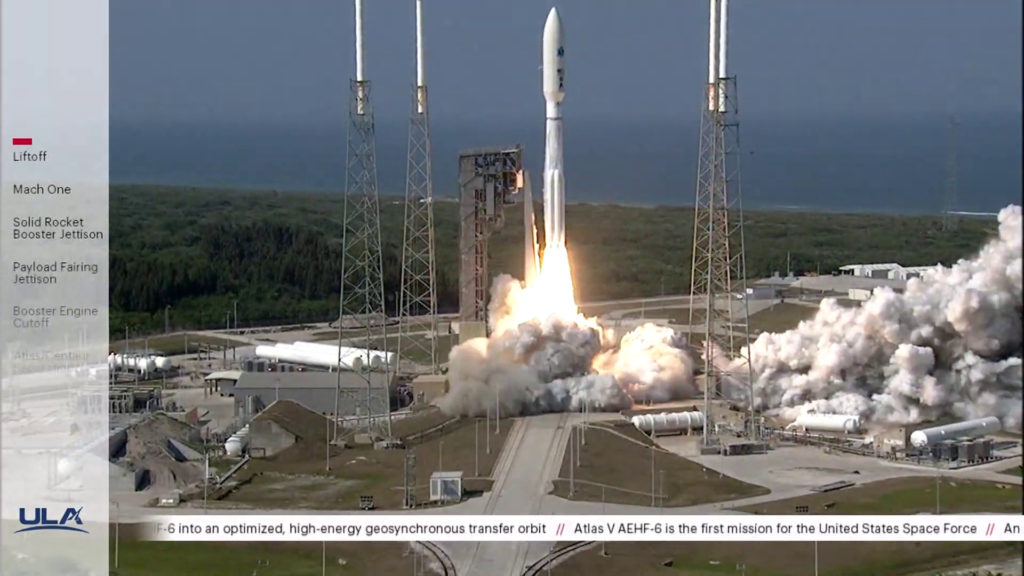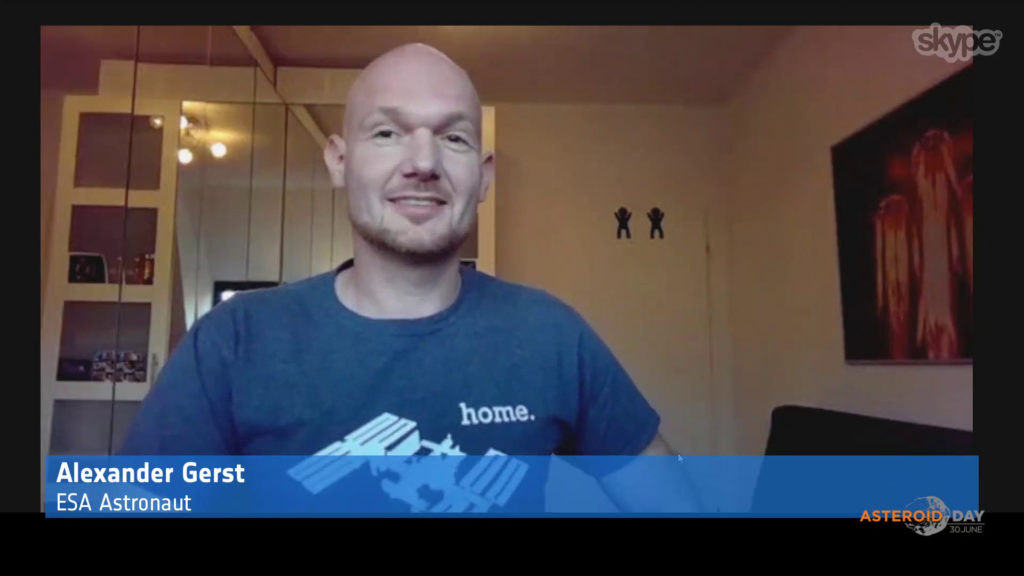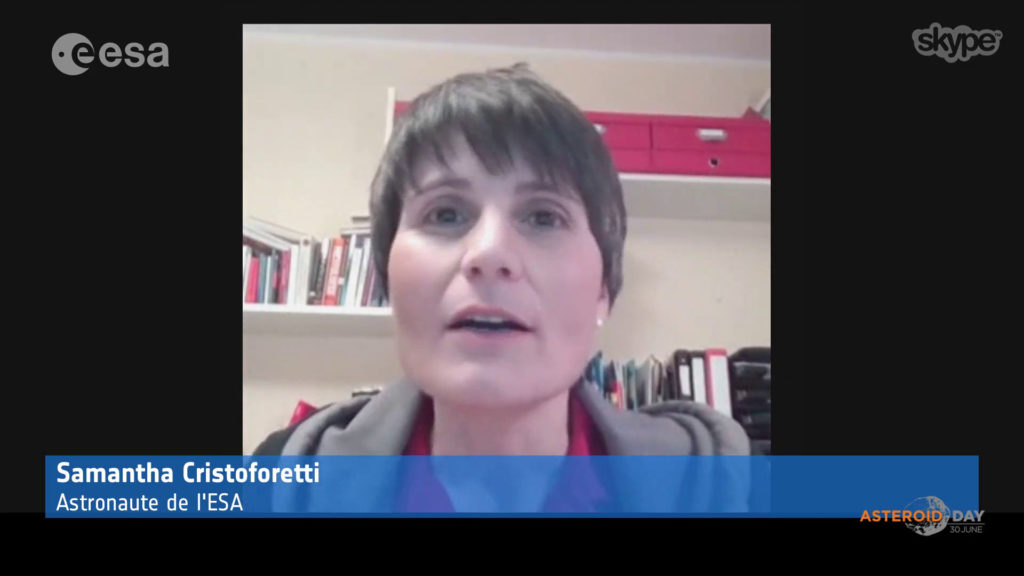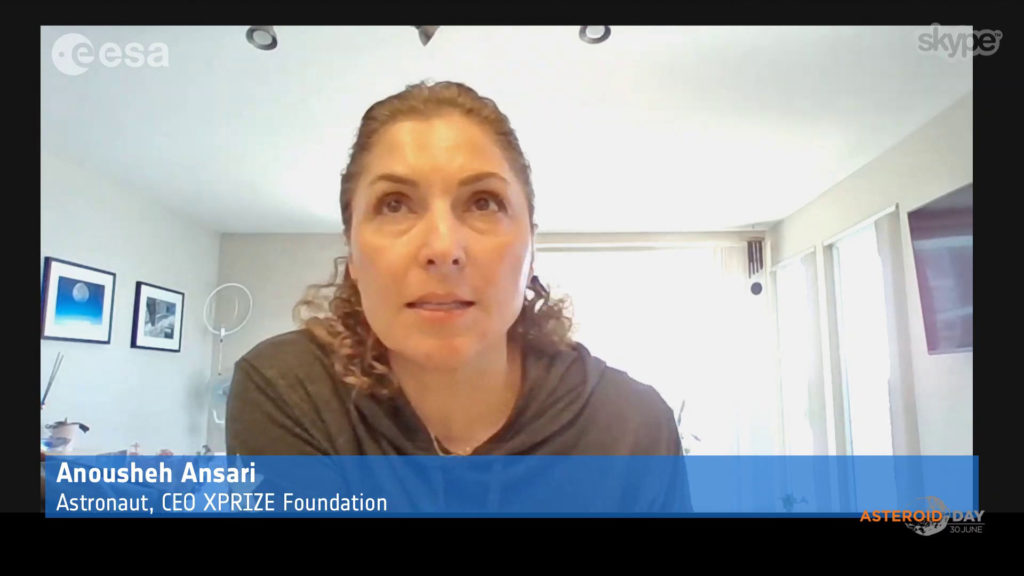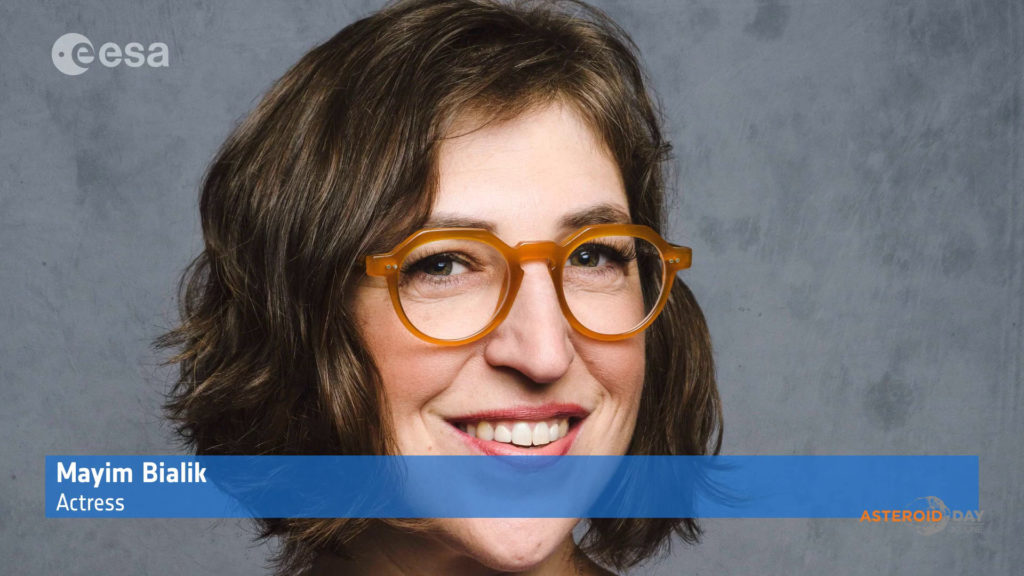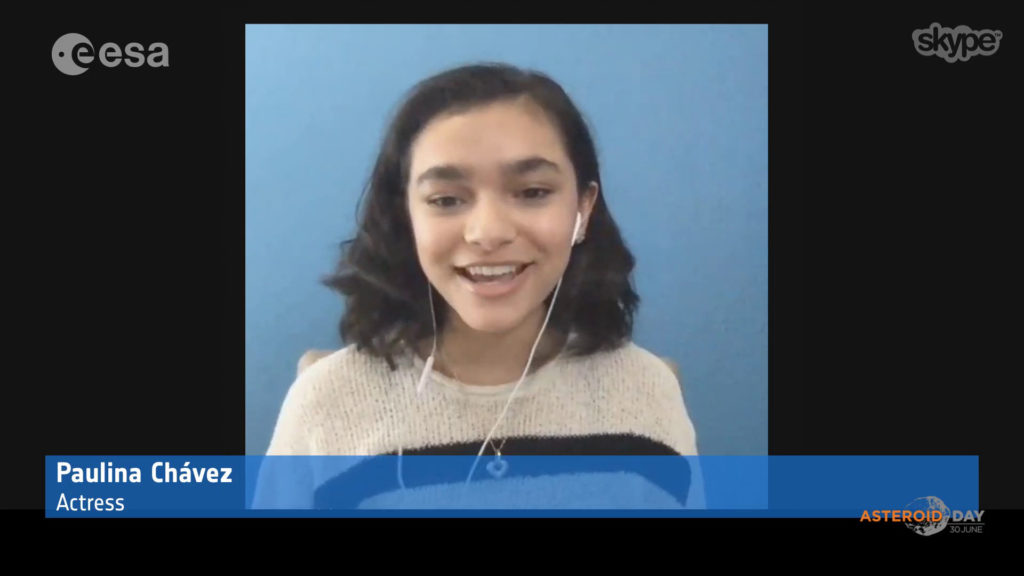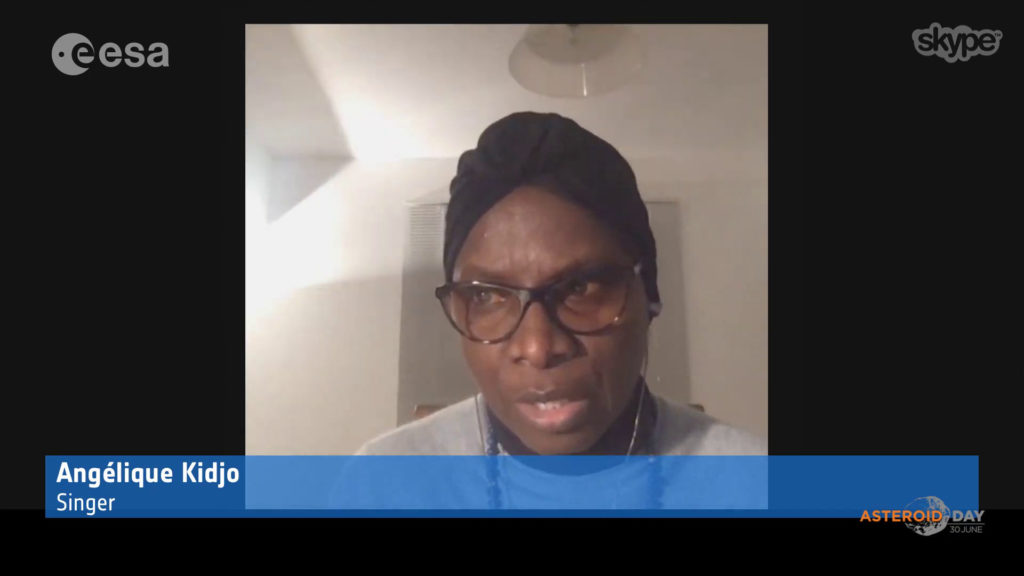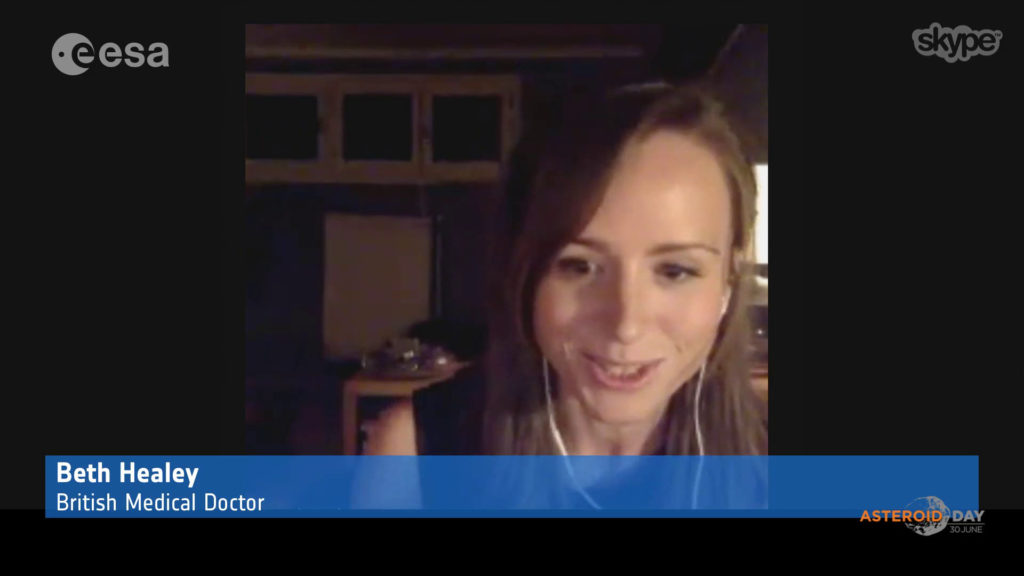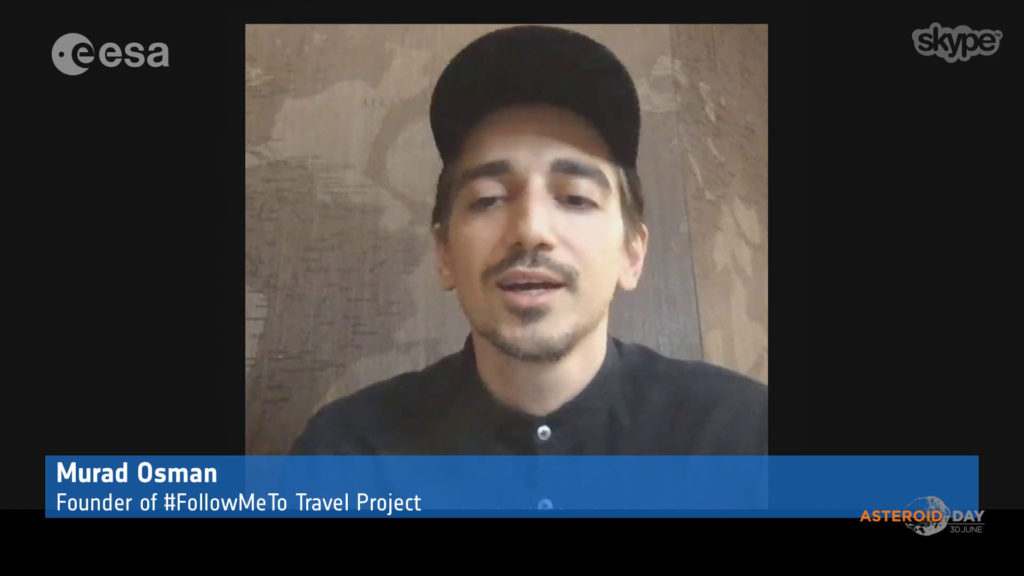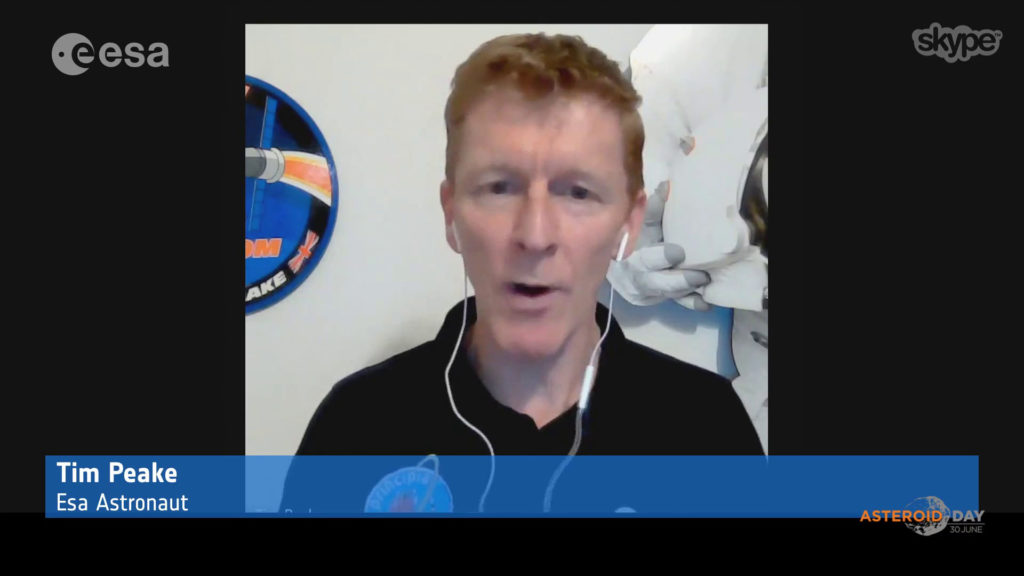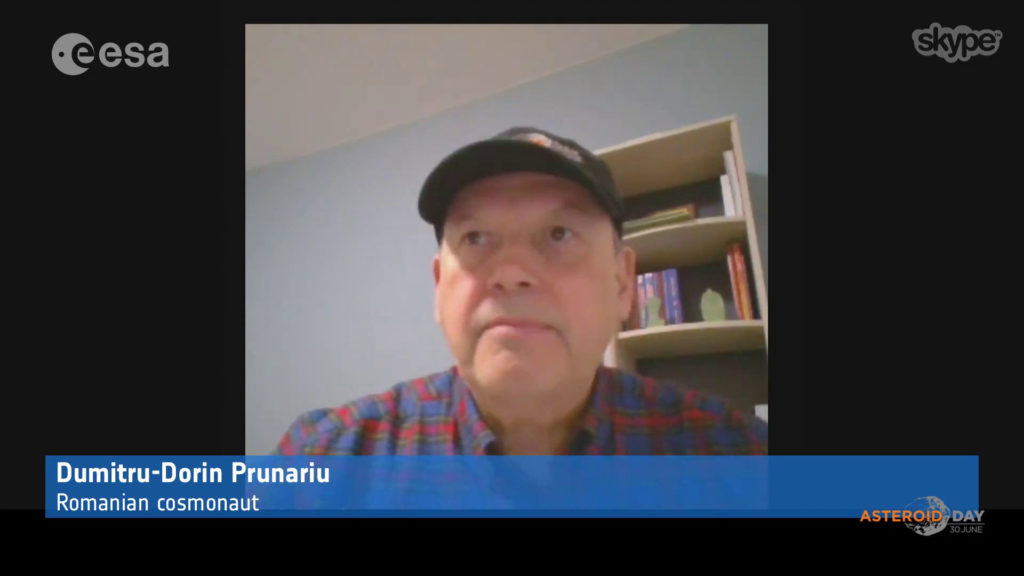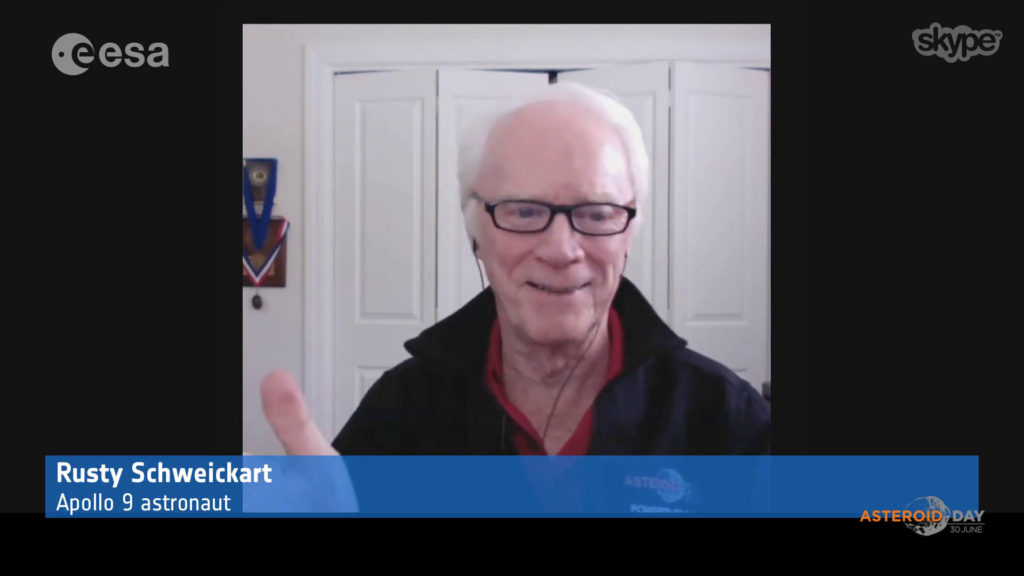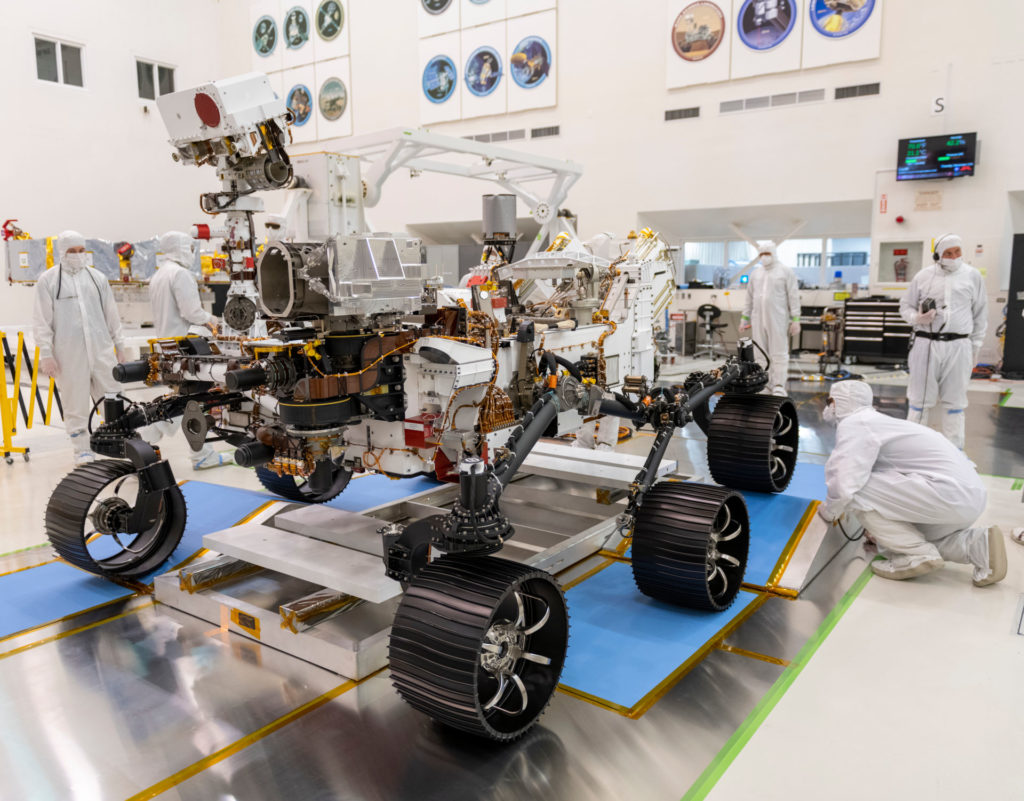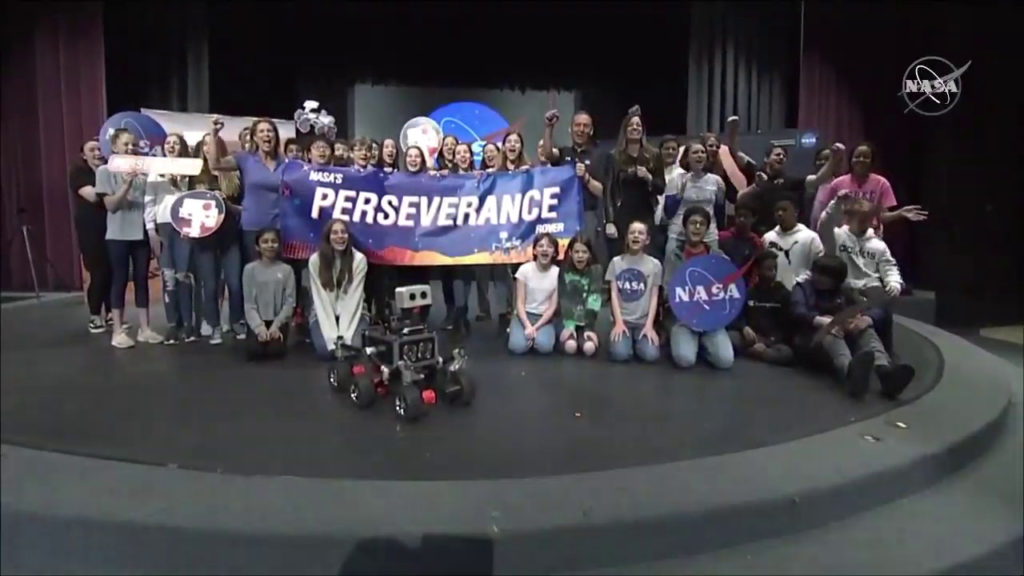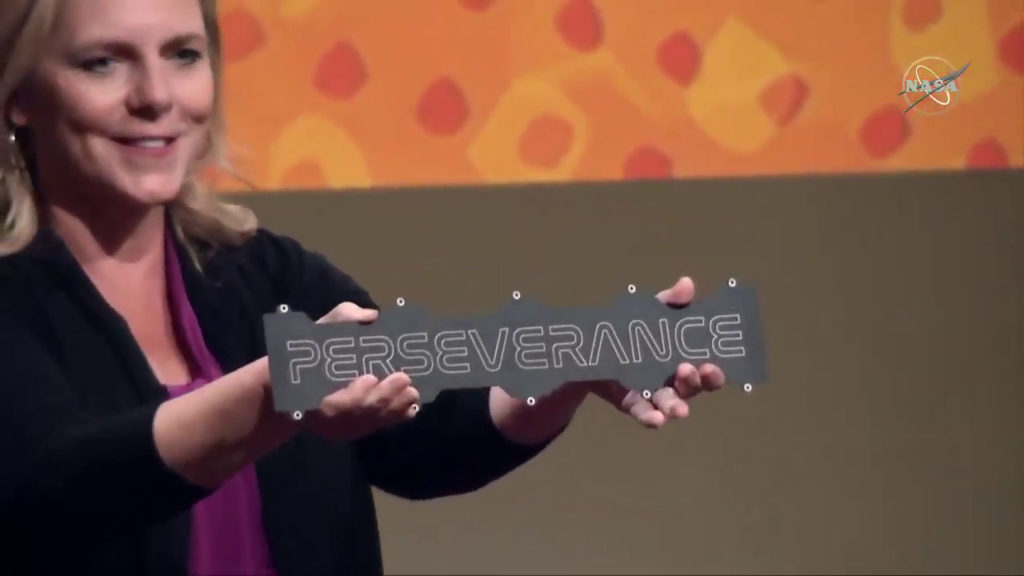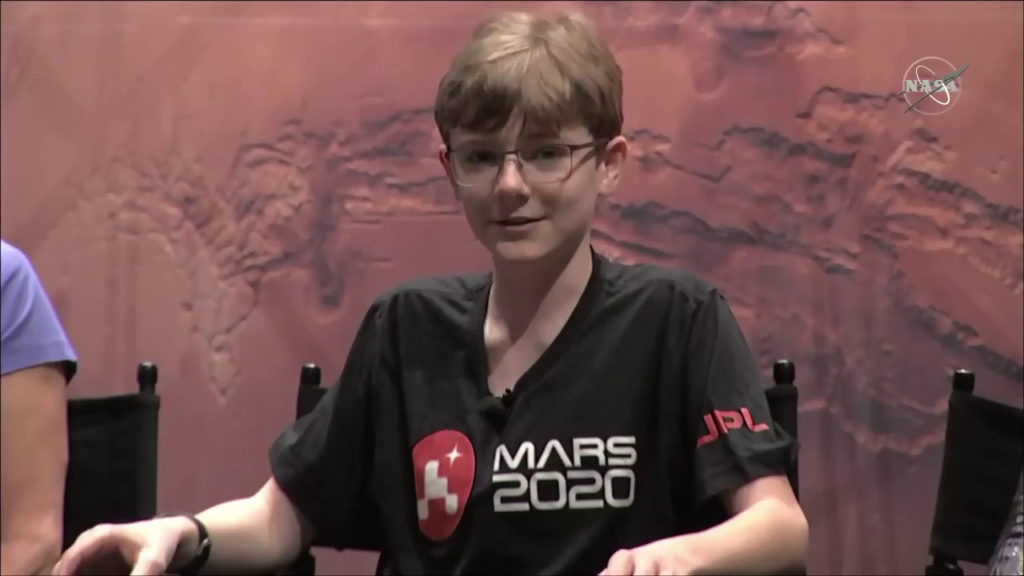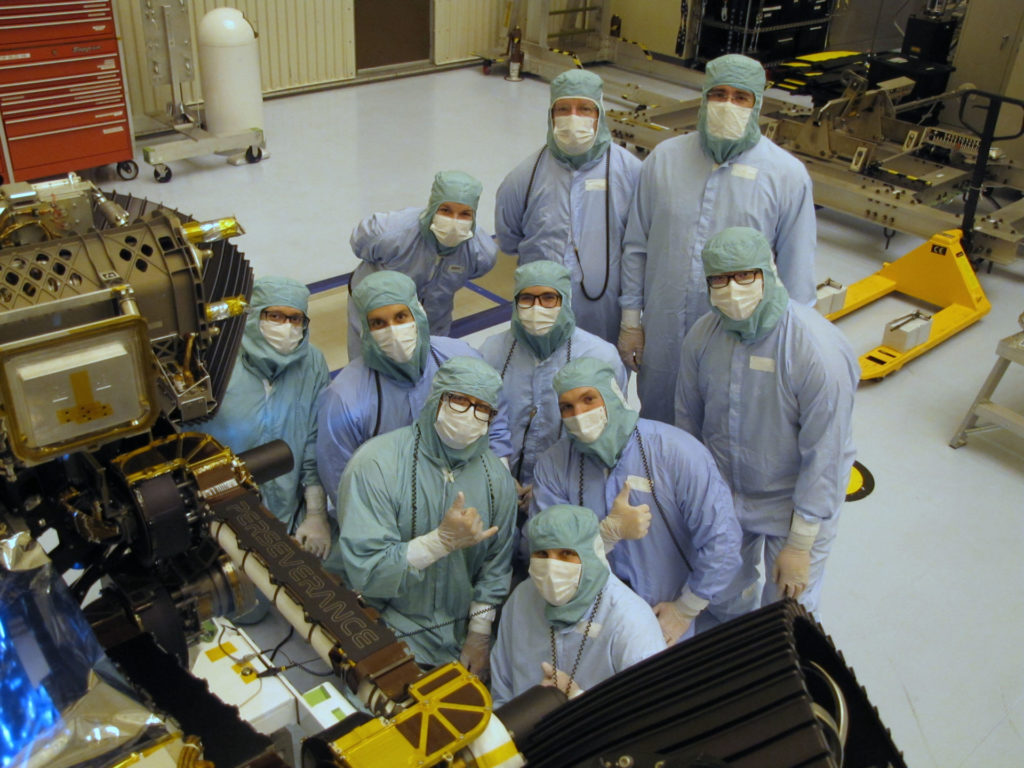Orbital News
21 Mar 2020 1706 UT – Baikonur Soyuz OneWeb x34
24 Mar 2020 0343 UT – Xichang CZ-2C Yaogan-30 x3
24 Mar 2020 ~ Venezuelan commsat’s less than perfect end of life
26 Mar 2020 2018 UT – Canaveral Atlas V AEHF-6
Biomedical research of COVID-19
23 Mar 2020 – Chloroquine risks too great for 85% of cases
26 Mar 2020 – VIDO-Intervac tests COVID jab on animals
Regional News
18 Mar 2020 – Al Worden, Apollo 15 astronaut, Michigander, dead at 88
20 Mar 2020 – WiSGC guide to meeting grant requirements in adversity
22 Mar 2020 – Aviation scholarship offered by Connell Aviation Group
23 Mar 2020 – WiSGC links to STEM education resources
23 Mar 2020 – Canadian space stuff for times at home
23 Mar 2020 – Minnesota Science Museum closes due to COVID
24 Mar 2020 – DiaSorin Molecular (Stillwater MN) makes COVID testkits
24 Mar 2020 – U North Dakota Aerospace grounded, online only
24 Mar 2020 – Massive layoffs at Calgary-based WestJet
24 Mar 2020 – Kenora firms making hand sanitizer
25 Mar 2020 ~ Minnesota drone competition for schools
25 Mar 2020 – Winnipeg firms building ventilators, PPE
Further News
19 Mar 2020 – Cyberattacks, the second epidemic of COVID
19 Mar 2020 – ANDESITE cubesat team sprints to deliver payload
19 Mar 2020 – SLS and Orion work halted
20 Mar 2020 – JWST work halted
20 Mar 2020 – Map of Bennu now available
20 Mar 2020 – NASA prioritizes Artemis landing over Lunar Gateway
20 Mar 2020 – Sinclair Interplanetary to stay in Toronto after buyout
21 Mar 2020 – Virgin Orbit gets California quarantine exemption
23 Mar 2020 – FCC approves SpaceX Starlink modems
23 Mar 2020 – Bigelow Aerospace lays off everyone
23 Mar 2020 – Astra Rocket 3 damaged on pad during prelaunch tests
23 Mar 2020 – OneWeb announces layoffs, almost bankrupt
24 Mar 2020 – OSIRIS-REX will add self-driving tech to get rock sample
24 Mar 2020 – Discussion of possibility of life on Mercury
24 Mar 2020 – NASA to scrutinize F9 engine flub for DM-2 safety
24 Mar 2020 – Helicopter abort in key test may delay Crew Dragon DM-2
25 Mar 2020 – Starliner to blame for comm problem, not TDRS
25 Mar 2020 – SpaceX, Argentina delay SAOCOM 1B launch
25 Mar 2020 – Rocket Lab changes plan, cancels 30 Mar 2020 launch
25 Mar 2020 – NASA may help with tech for COVID
25 Mar 2020 – SpaceX takes welder hiring spree public
26 Mar 2020 – ESA #SpaceConnectsUs event cheers up webstreamers
Nebulous plans
20 Mar 2020 – Ceres-1 rocket due in June, launches 4 M$ each
23 Mar 2020 – Aerojet recommends hydrazine, EOR for Artemis
24 Mar 2020 – Firefly Alpha due Summer 2020
25 Mar 2020 – China readies HX-1 Mars lander for July launch
26 Mar 2020 – H3 still may fly this year, Kounotori 9 will be last HTV
Late News
13 Feb 2020 – Mary Ann Tuchscherer (Fox Valley TC) featured by WiSGC
24 Feb 2020 – D’Amoure Washburn (Milwaukee SOE) featured by WiSGC
02 Mar 2020 – Megan Kocher (U Wisconsin-Milwaukee) featured by WiSGC
09 Mar 2020 – Rene Chavez (U Wisconsin-Milwaukee) featured by WiSGC

